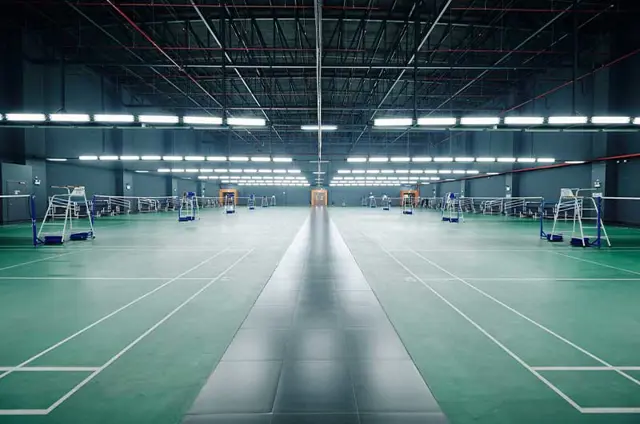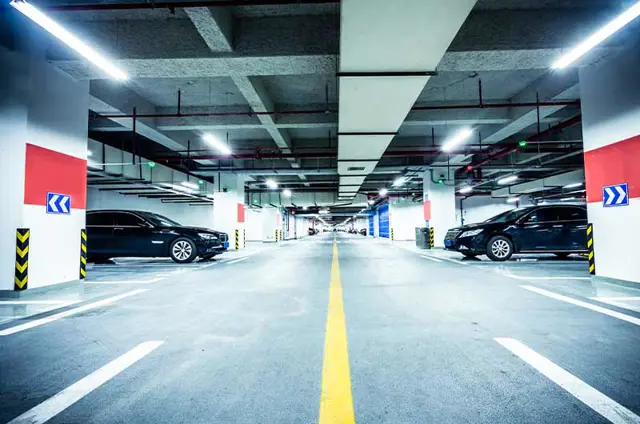
Corrosivity Classification C2
The C2 classification system is part of the ISO 9223 standard, which provides guidelines for determining the corrosivity of atmospheres. In this system, corrosive environments are divided into several categories, ranging from C1 to C5, with C2 representing conditions slightly more corrosive than C1 but still considered moderate in terms of atmospheric aggressiveness.
In C2 environments, the levels of airborne pollutants and humidity are higher than in C1 but remain relatively low compared to more corrosive classifications. This moderate level of exposure can still lead to corrosion over time, particularly for susceptible materials. Indoor environments that are non-heated with fluctuating temperatures and humidity fall under C2 classification.
Examples of these environments are residential buildings, schools, sports arenas, storage premises and certain industrial facilities where exposure to corrosive elements is modest and well-regulated. Outdoor environments include areas with low concentrations of air pollution, such as rural areas.
Despite the lower risk compared to more aggressive environments, materials in C2 settings may require protective measures to prevent corrosion and maintain structural integrity.
Mitigating corrosion risks in C2 environments often involves selecting materials that offer enhanced corrosion resistance or applying protective coatings. The recommended surface treatment is Sendzimir galvanizing. Regular inspections and maintenance are recommended to monitor potential signs of corrosion and address them promptly.

By understanding the specifics of C2 classification, industries and professionals can implement tailored corrosion protection strategies that align with established standards. This proactive approach ensures the longevity and reliability of materials used in environments characterized by moderate atmospheric corrosivity.
